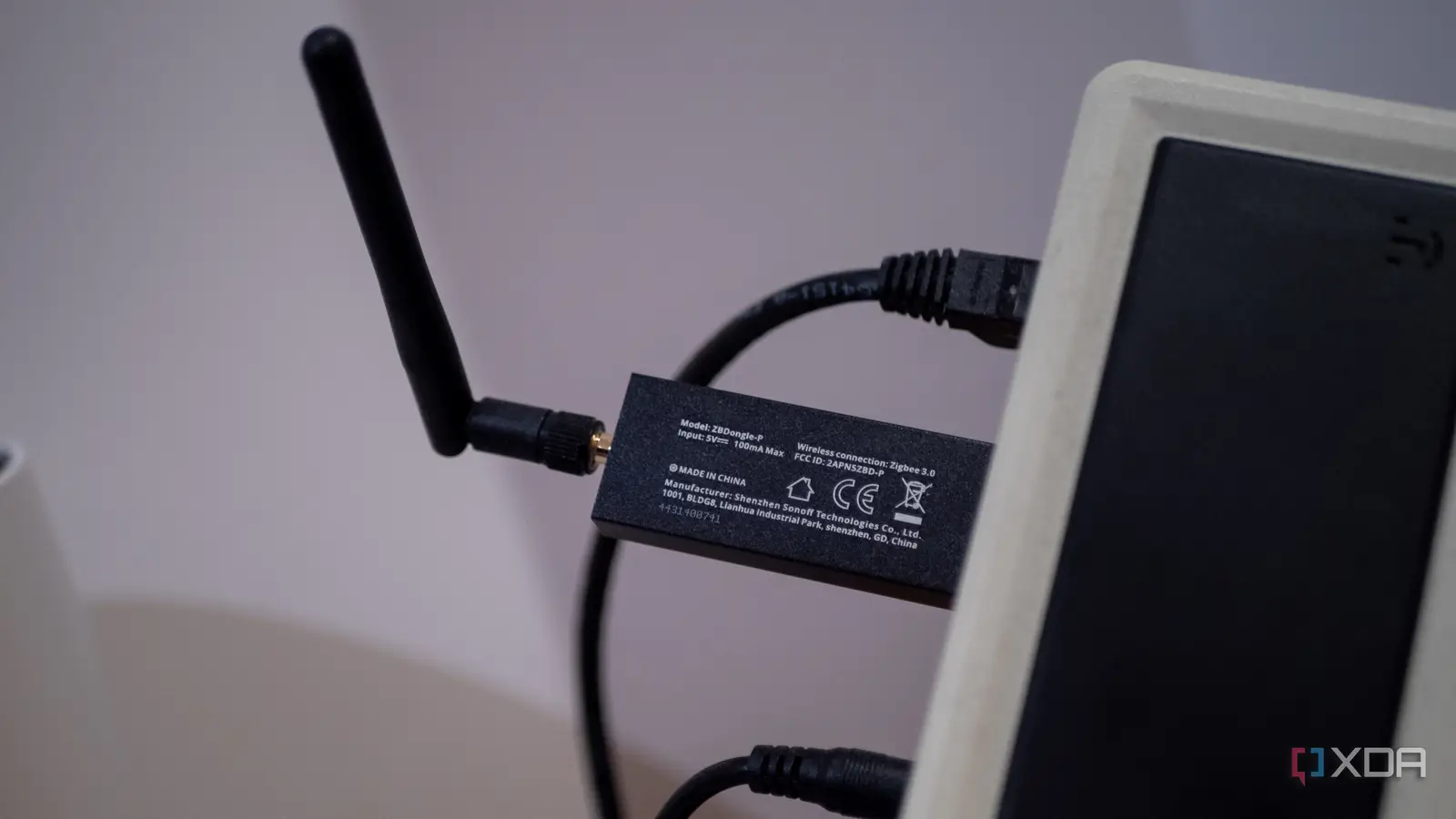
Building out my own home automation network was an incredibly rewarding project. It provides high levels of customization and control over how I and everyone else within the home interact with all our smart home tech, be it a bulb or space heater. An issue we can quickly run into with smart home gear, however, is a reliance on proprietary hardware — namely, smart home hubs. It’s understandable why hubs exist. Companies want a way to make their hardware approachable to everyone, even people who don’t consider themselves tech-savvy.
A single box that plugs into your router and “just works” is easier to sell than a complicated DIY setup. Buy a kit, plug it in, install the app, and you’re up and running in minutes. The problem is you’re often locked into a walled garden or ecosystem. Wish to use some other device or branded product? You’re better off doing it alone, and that’s precisely what I did. I threw away three smart home hubs we had running in favor of Home Assistant, Proxmox, some spare PC parts, and a Zigbee USB adapter to create the ultimate home automation platform.
It felt liberating to throw out the Philips Hue Bridge, which is a great hub for connecting countless smart lights, but Home Assistant and a Zigbee network unlock almost endless possibilities.
Why build your own smart home?
Absolute freedom and control
“They can take our hubs, but they’ll never take our freedoms!”
That’s how I see Hollywood dramatizing the Scots rallying behind William Wallace if Philips Hue had existed in medieval times. And honestly, it’s not far off from how freeing it feels to ditch proprietary hardware and move to a self-hosted system. Proxmox is what I use to run Home Assistant (and a bunch of other self-hosted content). It’s a reliable platform for isolating and running countless software packages, ranging from full operating systems such as Windows 11 all the way to a simple app like a static home lab dashboard.
All you need to launch Proxmox is a desktop PC, laptop, mini PC, used enterprise server, or even a single-board computer (SBC) like a Raspberry Pi. Once up and running, you’re pretty much ready to go. Home Assistant can be installed as a community script with one shell command, using Home Assistant OS. Plugging in the Sonoff Zigbee USB adapter into the Proxmox server saw it automatically detected by the OS and Home Assistant. The Zigbee network was then live within a few moments, and all present smart home devices could be added to the platform.
Plugging in the Sonoff Zigbee USB adapter into the Proxmox server saw it automatically detected by the OS and Home Assistant.
What this allowed me to do was fully customize everything within the smart home, more so than what’s possible with some of these proprietary hubs. Philips Hue and its mobile app are pretty solid for controlling lights and whatnot, but to really dive deep and get messy with countless automations, you’ll want to make the switch to Home Assistant. I can connect just about anything to this platform, and if it’s not officially supported, there’s a plethora of community-provided code to get niche hardware on Home Assistant with a few clicks of the mouse.
It’s also considerably more secure since, by default, Home Assistant is locked within your LAN and not accessible from the outside. Most smart home hubs from companies will have a cloud platform to connect to, which means it’s yet another potential avenue for vulnerabilities. Keeping everything on this side of the firewall is great for bolstering home security, unless you wish for it to be accessible. Then you can look at solutions such as a virtual private network (VPN) or reverse proxies. Finally, I can buy any device I like, so long as it’s supported.
Everything feels smarter now
It changed how we interact with our home
Building my own system has fundamentally changed how we interact with the house. Lights no longer just turn on and off — they adjust automatically based on the time of day. The heating doesn’t just switch on with a schedule; it considers room occupancy and temperature with data pulled into Home Assistant from sensors. Devices communicate with one another, including those that previously had no business interacting with each other. Take motion sensors, for example. With the Hue hub, they’re limited to controlling lights.
With Home Assistant, they can trigger anything. A door sensor can trigger a notification if the back door is opened while no one is home, or we can change the bulb color to red outside the downstairs bathroom if someone is occupying the toilet during a gathering. It’s not just fo.r gimmicks either. These automations make the home more efficient. Energy use drops because devices run only when needed.
Smart plugs are incredibly versatile and can even supply information on how much current is being pulled by connected devices. With Home Assistant, the house adapts to our routines instead of forcing us to adapt to it, like you would with multiple hubs and ecosystems. It also feels less like a chore to maintain everything. By leveraging Proxmox for virtualization, Home Assistant as the automation hub, and integrating Zigbee devices directly via a USB adapter, it’s easy to create an efficient and highly customizable home automation network.
This approach not only saves me money, eliminating proprietary hubs but also enhances flexibility and control over how our smart home operates. Although putting together something like this requires some basic knowledge, there’s plenty of documentation and people available to lend a hand. It’s also incredibly rewarding once complete.



